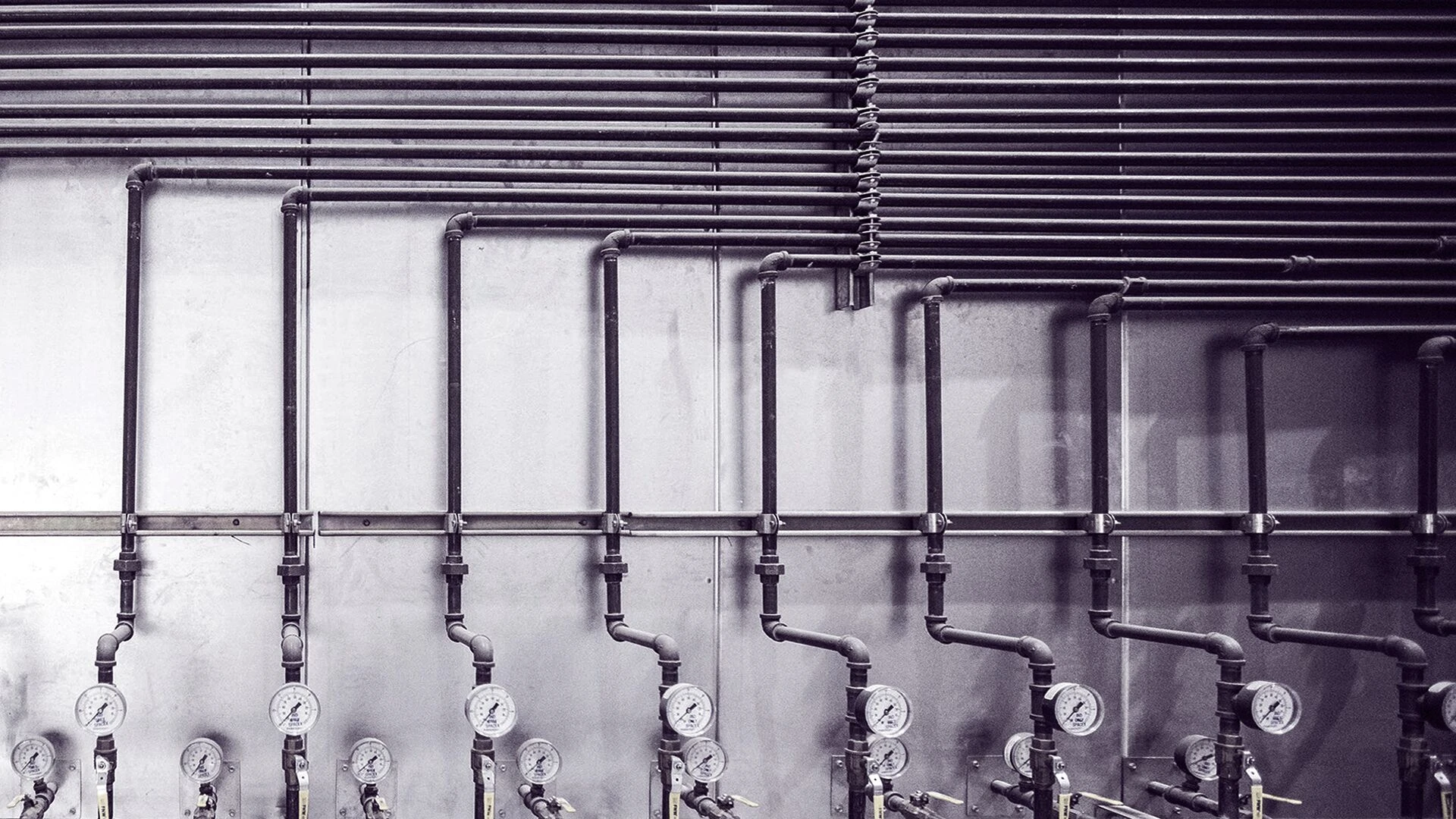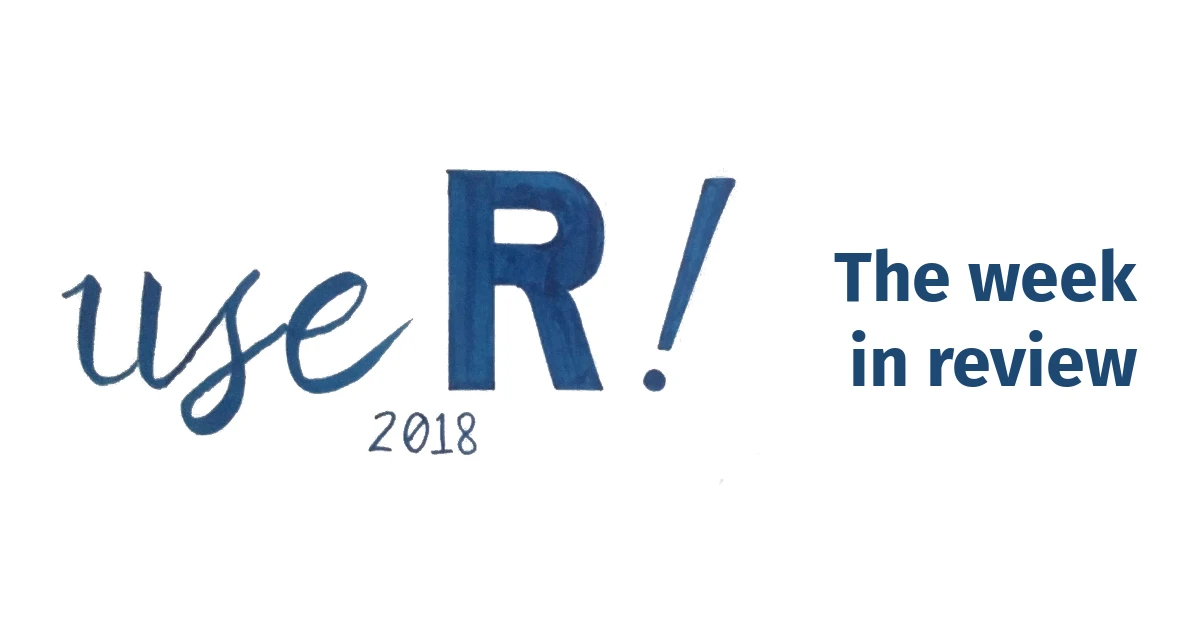What I've learnt about making an R package
The last few weeks have been all about R package development for me. First I was exploring GitHub actions with the lovely people at the rOpenSci OzUnconf, and then I was off to San Francisco to learn about Building Tidy Tools with the Wickham siblings









